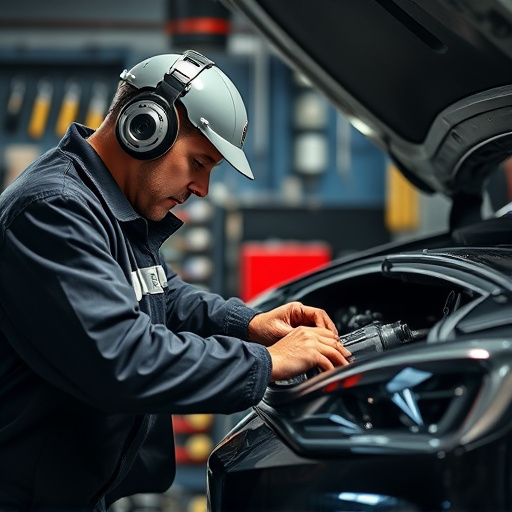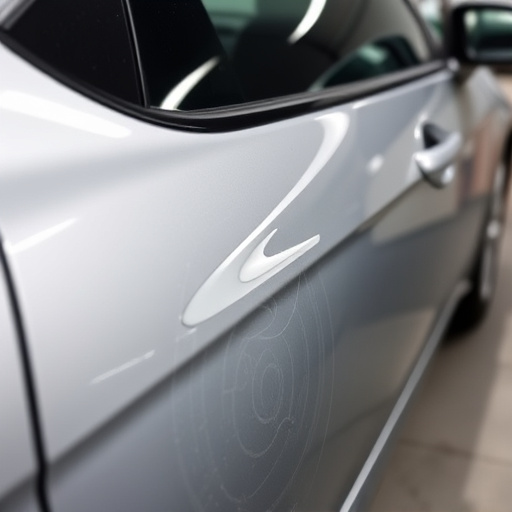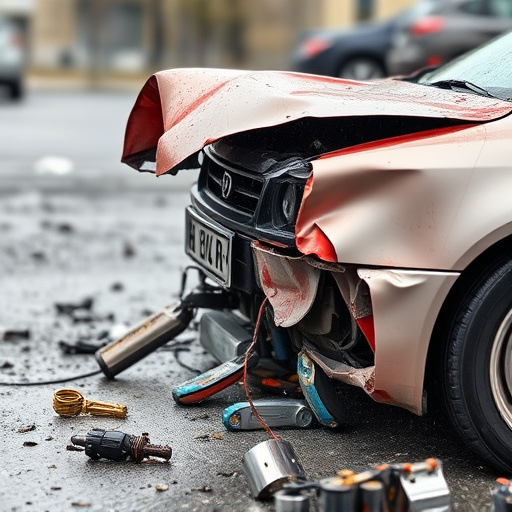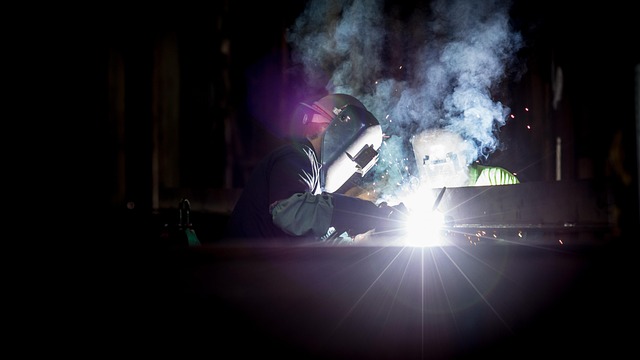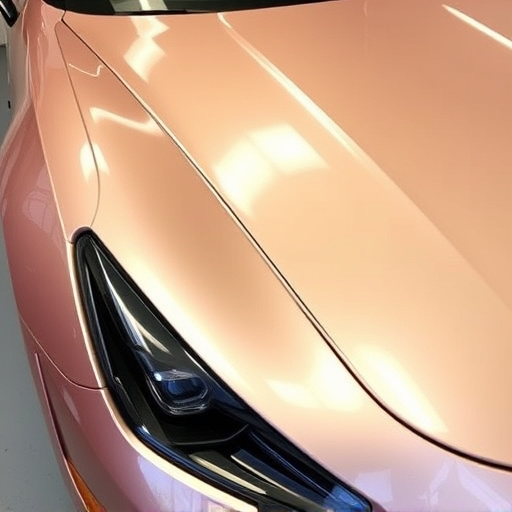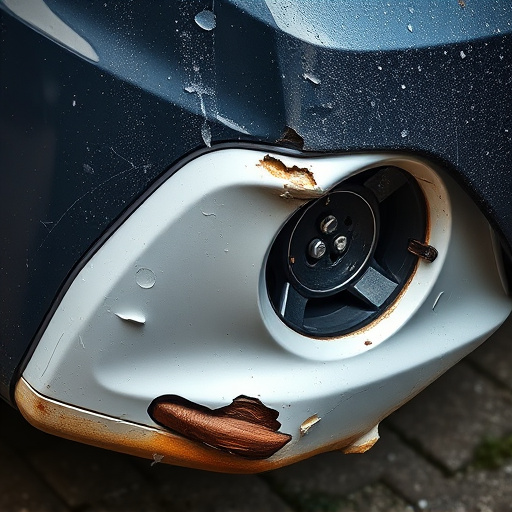Assessing and repairing damage to an electric car's body poses unique challenges due to its specialized construction, including lightweight chassis, integrated battery packs, and advanced electronics. Technicians require specialized knowledge and tools for meticulous visual examinations, digital measurements, and diagnostic scans to identify subtle deformities affecting critical systems. Proper training in collision repair techniques specific to electric cars is crucial for accurate assessments and effective repairs, ensuring these vehicles are restored safely and optimally. Electric car body repair involves navigating complex electrical systems, handling high-voltage components, and working with sophisticated battery packs and advanced materials to preserve structural integrity and overall performance.
In today’s electric vehicle (EV) revolution, understanding the nuances of electric car body repair is paramount. Unlike conventional vehicles, EVs present unique challenges due to their advanced battery systems and specialized construction. This article guides you through the essentials of electric car body repair, covering everything from assessing damage specific to these vehicles, to mastering restoration techniques that ensure structural integrity and recharging capabilities. By delving into these topics, we aim to equip readers with the knowledge needed for effective EV body repairs.
- Assessing Electric Car Body Damage
- – Identifying unique challenges in electric car body repair
- – Common types of damage and their causes
Assessing Electric Car Body Damage

When assessing damage to an electric car’s body, it’s crucial to understand the unique considerations posed by their construction. Unlike conventional vehicles, electric cars often feature a lighter, more compact chassis and battery packs integrated into the structure. Damage may not always be immediately apparent due to these components’ strategic placement. Technicians must employ specialized tools and knowledge to detect even subtle deformities, as they can impact critical systems.
Inspecting an electric car involves a meticulous process of visual examination, using digital measuring tools, and running diagnostic scans. The goal is to pinpoint any misalignments or structural weaknesses that could compromise the vehicle’s safety and performance. Proper training in collision repair techniques specific to electric cars is essential for ensuring accurate assessments and effective body repairs, ultimately facilitating the restoration of these advanced vehicles to their optimal state.
– Identifying unique challenges in electric car body repair
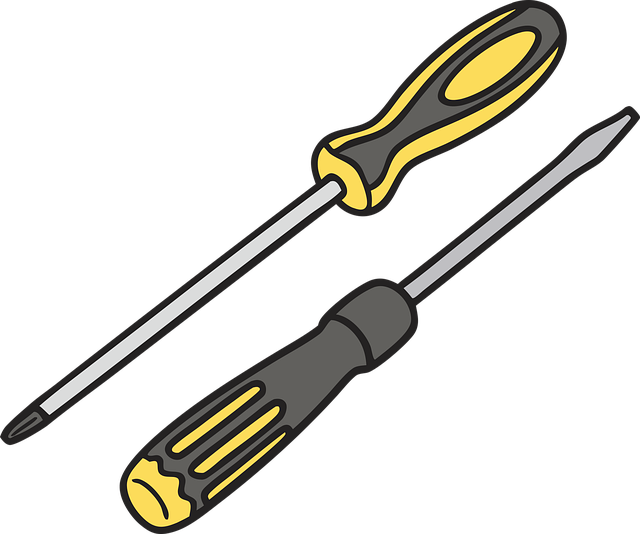
In the realm of electric car body repair, unique challenges emerge due to the specialized nature of these vehicles. Unlike traditional internal combustion engine cars, electric vehicles (EVs) have a different structural layout and components, demanding tailored approaches during repairs. For instance, the absence of a conventional engine compartment requires technicians to navigate complex electrical systems and high-voltage components safely. Repairs often involve sophisticated battery packs, power electronics, and advanced sensors that must be handled with meticulous care to prevent damage or short circuits.
Another consideration is the integration of lightweight materials in EVs to enhance energy efficiency. Common repair scenarios for electric cars may include fixing auto glass, mending vehicle dents, or addressing collision damage, but these processes require specialized knowledge to preserve structural integrity and overall performance. Unlike conventional auto collision repair, EV body work often involves working with advanced composites, aluminum alloys, and other innovative materials that demand specific techniques and tools for successful and safe repairs.
– Common types of damage and their causes
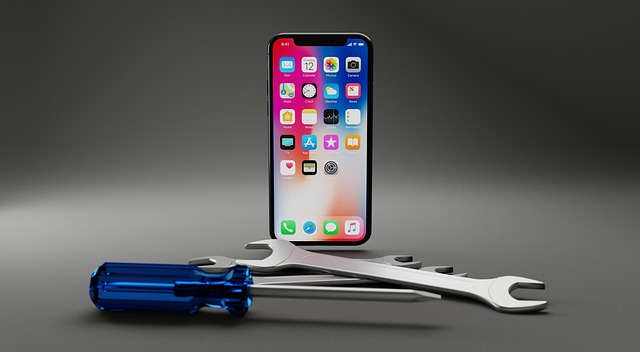
Electric cars, while renowned for their advanced technology and environmental benefits, are not immune to damage like traditional vehicles. Common types of harm include fender benders, parking lot dings, and more severe impacts that can cause dents, scratches, or even crumpled metal panels. These incidents often result from the unique characteristics of electric vehicle (EV) ownership, such as limited visibility in tight spaces and the need for careful maneuvering due to their larger size and weight compared to conventional cars.
The specific repair needs for an EV may vary depending on the extent of the damage. Minor issues like minor fender repairs or vehicle dent repairs can often be handled with specialized tools and techniques tailored for electric car bodies, ensuring both aesthetic restoration and preserving the vehicle’s structural integrity. More substantial damages, however, may require advanced knowledge and equipment to address without compromising the intricate electrical systems and battery compartments that are integral to these vehicles’ design.
In understanding the basics of electric car body repair, it’s evident that assessing and addressing damage in these vehicles presents unique challenges. From identifying and mitigating potential risks associated with high-voltage systems to tackling specialized material repairs, electric car bodywork requires a nuanced approach. By familiarizing ourselves with common types of damage—such as battery casing issues, motor mounting problems, and unique paint considerations—we can better navigate the landscape of electric car body repair. Embracing these fundamentals paves the way for efficient, safe, and effective restoration of these innovative vehicles.


